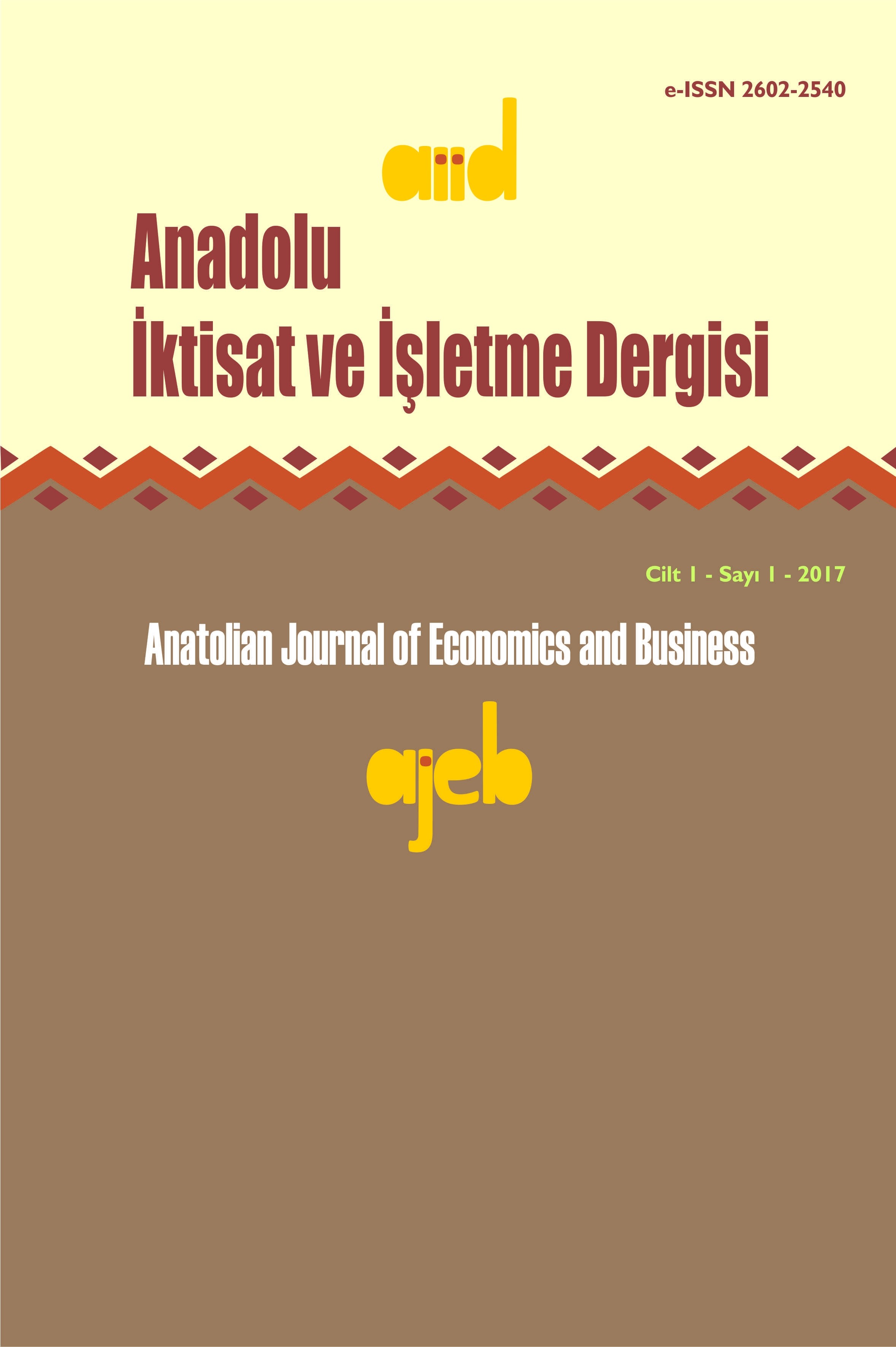Küresel Borçların Sürdürülebilirliği Üzerine Bir Değerlendirme
Dünyada 2008 küresel finansal krizin etkileri devam ederken Covid-19 salgın krizi yaşanmış, ardından başlayan Rusya-Ukrayna savaşı enerji krizine ve beraberinde yüksek enflasyon ve ekonomik büyümede yavaşlama sorunlarına yol açmıştır. Bu sorunların yanı sıra, 2008 yılından itibaren gündemde olan küresel borç sorunu Covid-19 salgınıyla birlikte ağırlaşarak artmaya devam etmiştir. Bu nedenle çalışmada, 2008 küresel finansal krizden buyana hem genel olarak küresel borç sorunu üzerinde durulmakta, hem de gelişmiş ve gelişmekte olan ülkelerin borçluluk durumları hakkında güncel gelişmeleri de dikkate alarak genel bir değerlendirme yapılmaktadır. Sonuç olarak, küresel borç 2008-2022 döneminde yaklaşık iki kat artış göstermiştir. Gelişmiş ülkelerde borç, on dört yılda yaklaşık 1,5 kat artarken gelişmekte olan ülkelerde 4 kattan fazla artış göstermiştir. Gelişmekte olan ülkelerin olası dış finansman sıkıntısı yaşamaları sonucunda borçların sürdürülebilirliği sorunu ortaya çıkabilecektir.
Anahtar Kelimeler:
Küresel borçlar, Borçların sürdürülebilirliği, Borç krizi
An Evaluation of the Sustainability of Global Debt
While the effects of the 2008 global financial crisis continued in the world, the Covid-19 pandemic crisis was experienced, and the Russia-Ukraine war that started after that led to the energy crisis, accompanied by high inflation and slowdown in economic growth. In addition, the global debt problem, which has been on the agenda since 2008, has continued to increase with the pandemic. For this reason, the study focuses on the global debt problem in general since the 2008 financial crisis and makes a general assessment by considering the current developments in indebtedness status of developed and developing countries. As a result, global debt has nearly doubled over the 2008-2022 period. While debt in developed countries has increased approximately 1.5 times in fourteen years, it has increased more than 4 times in developing countries. The problem of sustainability of debts may arise because of possible external financing difficulties in developing countries.
Keywords:
Global debt, Sustainability of debt, Debt crisis,
___
- Aslanoğlu, E. (2021), “Artan Küresel Özel Sektör Borçluluğu Üzerine Notlar”, S. Uzunoğlu, G. Sönmezler ve İ. O. Gündüz (Ed.), Güncel Ekonomik Sorunlar: Borç Çıkmazı içinde (s. 65-78), Literatür Yayıncılık, İstanbul.
- Bloomberg-HT (2023), “Küresel Borç 2015'ten Bu Yana İlk Kez Yıllık Bazda Düştü”, https://www.bloomberght.com/kuresel-borc-2015-ten-bu-yana-ilk-kez-yillik-bazda-dustu-2325777 (22.03.2023).
- Chan, T., Dimitrijevic, A. (2023), “Global Debt Leverage: Is a Great Reset Coming?”, S&P Global, https://www.spglobal.com/en/research-insights/featured/special-editorial/look-forward/global-debt-leverage-is-a-great-reset-coming#:~:text=Global%20debt%20has%20hit%20a,Higher%20interest%20rates,(20.03.2023).
- Demirel, B. (2022), “Küresel Borç Dalgası I”, Politikyol, https://www.politikyol.com/kuresel-borc-dalgasi-i/ (25.03.2023).
- Doğruel, A. S., Doğruel, F. (2023), “Küresel Borçlar Üzerine Bir Değerlendirme”, Bahçeşehir Üniversitesi Ekonomik ve Toplumsal Araştırmalar Merkezi (Betam), Araştırma Notu, 23/26: 1-13.
- Eğilmez, M. (2011), Küresel Finans Krizi, Remzi Kitabevi, İstanbul.
- Gaspar, V., Medas, P., Perrelli, R. (2021), “Global Debt Reaches a Record $226 Trillion”, IMF Blog, https://blogs.imf.org/2021/12/15/global-debt-reaches-a-record-226-trillion/ (22.02.2023).
- Gaspar, V., Medas, P., Perrelli, R. (2022), “Riding the Global Debt Rollercoaster”, IMF Blog, https://www.imf.org/en/Blogs/Articles/2022/12/12/riding-the-global-debt-rollercoaster (05. 03. 2023).
- Masterson, V. (2022), “What Does “Global Debt” Mean and How High Is It Now?” World Economic Forum, https://www.weforum.org/agenda/2022/05/what-is-global-debt-why-high/ (22.02.2023).
- OECD (2022), “Confronting The Crisis”, Economic Outlook, https://www.oecd.org/economic-outlook/november-2022/ (05.03.2023).
- Oskay, C. (2022), “Türkiye’de Kamu Borç Stok Yapısındaki Değişim ve Gelişim: Covid-19 Salgın Dönemi”, Tarsus Üniversitesi İktisadi ve İdari Bilimler Dergisi, 3(2): 171-189.
- Uluslararası Finans Enstitüsü (IFF). The Global Debt Monitor Data, https://www.iif.com/Research/Download-Data#DebtMonitors (04.02.2023).
- World Economic Forum (2022), Global Risks Report, https://www3.weforum.org/docs/WEF_The_Global_Risks_Report_2022.pdf? (04.02.2023).
- Yayın Aralığı: Yılda 2 Sayı
- Başlangıç: 2017
- Yayıncı: Seymur AĞAZADE
